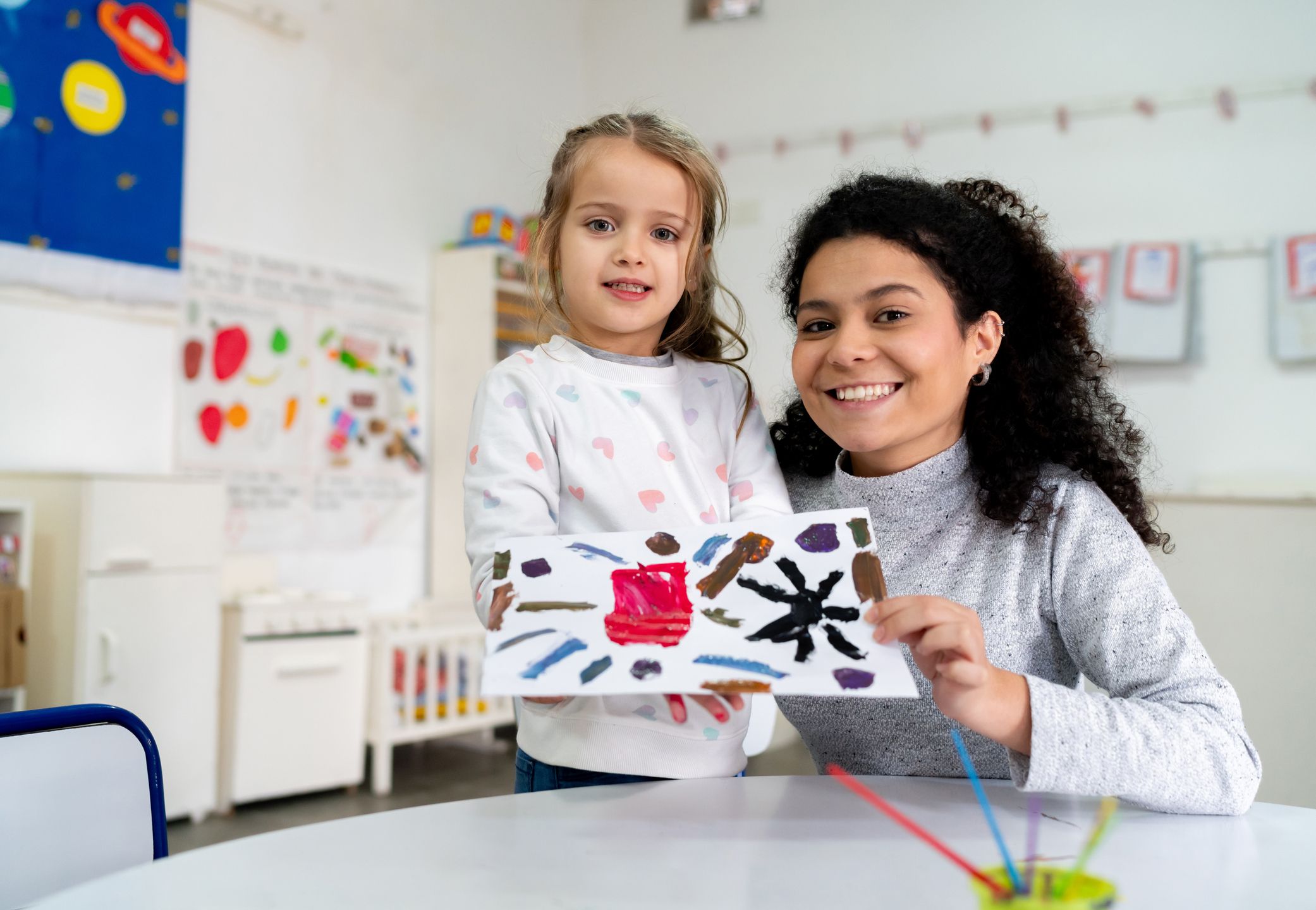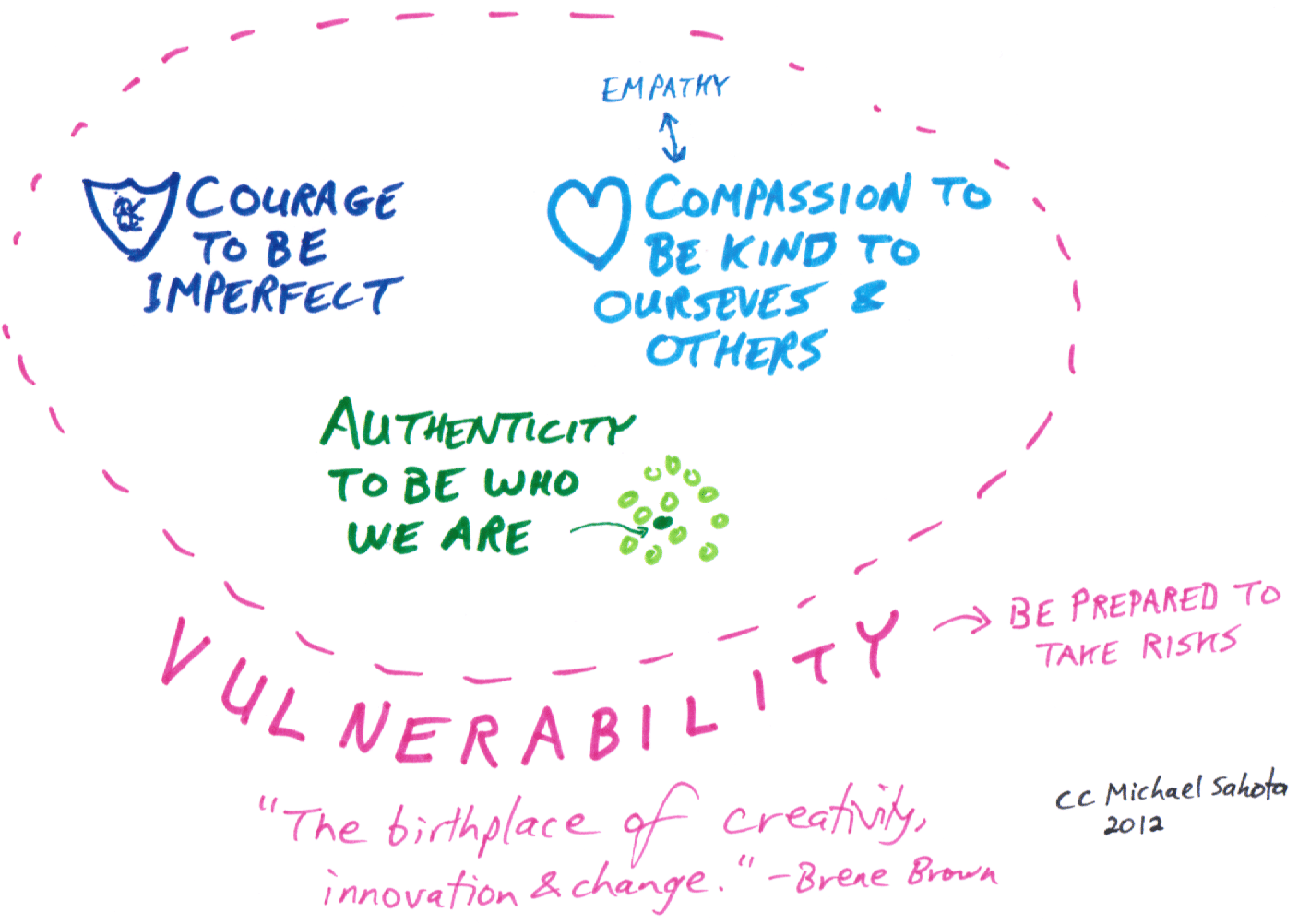Restorative discipline is not a packaged program to “do” to students and teachers. It requires us as human beings to re-think and re-frame what we think of as “discipline”.
First and foremost we must uncouple the very common connection that discipline means punishment of some sort. Even our kinder language of “consequences” requires the delivery of “pain” by A POWERFUL OTHER to make another person comply (or more often than not, work harder not to get caught )
In the traditional system of student discipline we ask:
- What rule was broken?
- Who did it?
- What is the punishment?
Restorative Discipline asks:
- What happened?
- Who has been affected?
- What are we going to do to make things right?
What is Restorative Discipline? ( Adapted from the Institute for Restorative Justice & Restorative Dialogue. )
- Restorative Discipline is a philosophy and system-wide intervention that places relationships at the heart of the educational experience.
Restorative Discipline utilizes a relational ecology that finds its strength through nurturing motivational bonds of belonging that support individual development and social responsibility. This paradigm gives the harm or conflict “back” to the parties most involved. It will also require that we train our educators in classroom leadership practices that are NOT COERCIVE AND NOT PAIN BASED!
2. The goal of Restorative Discipline is to change the school climate rather than merely respond to student behaviour.
While utilizing a multi-tiered model of influence and intervention, the energy of RD begins at Tier 1 with a focus on changing school climate. Restorative practices are utilized for community building, teaching course content, decision-making, values clarification, problem-solving, and acknowledging new, returning and departing members of the community, as well as resolving conflict. Restorative practices are utilized by all members of the school community: administrators, teachers, students, support staff, volunteers, parents and community stakeholders.
3. Restorative Discipline requires a top-down commitment from school administrators. It is “brain-friendly”.
School board and administrator buy-in and communicating/modelling that buy-in, prevent RD from becoming another initiative around which there’s a flurry of excitement with no follow-up, support or accountability.
4. Restorative Discipline uses a whole school approach. All administrators, teachers, all staff, and students should be exposed to and/or trained in restorative processes with periodic boosters.
RD is a restorative justice-based, whole school disciplinary response that focuses on changing school climate through the building of community at the classroom and building levels.
5. Restorative Discipline uses an internal leadership response team to spearhead the implementation and help support necessary training and dialogue.
An active leadership response team serves as a planning and implementation body facilitates circles involving more complicated or serious incidents or those in which family members and caregivers participate, and coordinates needed training and boosters.

A data collection system is necessary both to measure outcomes as well to identify implementation gaps and challenges.
7. Restorative Discipline focuses on the harms, needs and causes of student behaviour, not just the breaking of rules and dispensing of punishment.
A fully restorative school district uses circles and other restorative interventions at Tier 2 and Tier 3 levels and applies RD principles in every conflict and issue of harm in order to give stakeholders a voice and to create a contextual response to the matter under consideration.
8. Restorative Discipline reflects a problem-solving and relational approach that focuses on restoring to the degree possible, the victim to wholeness and the offender back to the community.
Repairing the harm both literal and relational is central to responses to negative behaviour.
9. Restorative Discipline takes time.
It is dialogue driven and rests on the steady establishing and deepening of relationships. Research and experience suggest that three to five years of intentional and concentrated work is needed to make a SCHOOL fully restorative.








